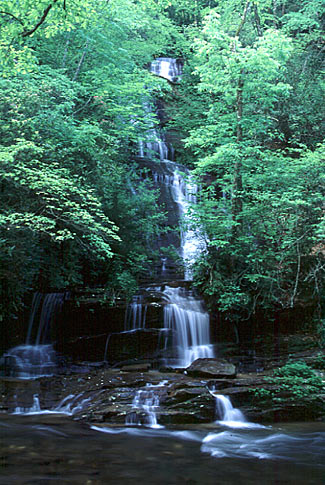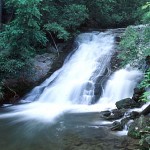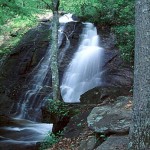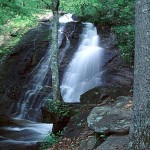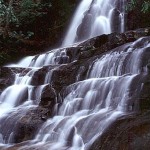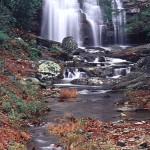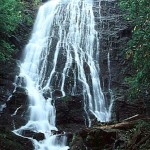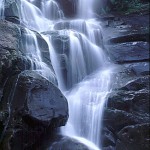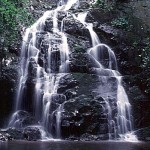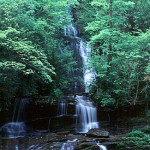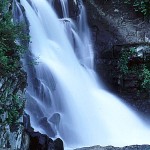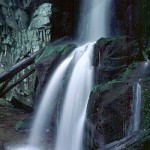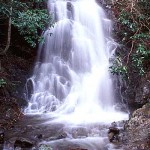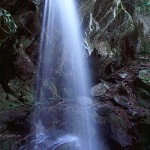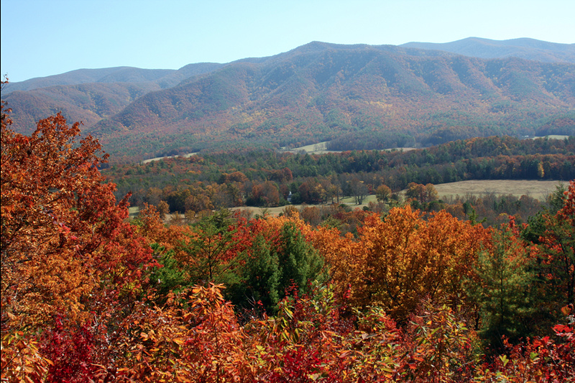 The highest point east of the Mississippi River is Mount Mitchell. Rising more than a mile into the sky, Mount Mitchell is as majestic from the bottom of the mountain as it is from the peak. The facilities at Mount Mitchell allow you to learn more about the geology and history of this amazing land mass. Also while you are there, you can picnic, hike and spend the day on the tallest piece of land on the east coast.
The highest point east of the Mississippi River is Mount Mitchell. Rising more than a mile into the sky, Mount Mitchell is as majestic from the bottom of the mountain as it is from the peak. The facilities at Mount Mitchell allow you to learn more about the geology and history of this amazing land mass. Also while you are there, you can picnic, hike and spend the day on the tallest piece of land on the east coast.
Clingman’s Dome, the highest point on the Tennessee side of the Smokies is nothing in comparison to Mount Mitchell. From the base this monolith seems to scrape the clouds. On most days, Mount Mitchell is surrounded by a mist of clouds that seem to be unable to get high enough to go over the top of the mountain. Once you drive to the park you might decide to hike to the top at the summit platform. This is a short walk but it literally gets you to the highest point on the east coast. You breathe will be taken away by the incredible view of the mountains and valley around you.
Hiking is only one of the activities at Mount Mitchell State Park. You can camp on the mountain, picnic or learn more about the history and structure of Mount Mitchell itself. If you are wanting to bring a small group or a school group, they have small classrooms and prepared materials to teach about the land, the ecology, the wildlife and how Mount Mitchel has figured into the history of our country.
 And make sure that you visit the exhibit hall. In the hall, look for the information about Big Tom Wilson. They have a replica of the cabin he lived in and even artifacts from his life. Big Tom was one of the guides that led the scientist to the peaks of the mountain during the 19th century. He is also the man that went in after Dr Elisha Mitchell’s body when he did not return on his last trip up the mountain. Of course, Mount Mitchell is named after Elisha Mitchell, the person that pushed for the naming of Mt Mitchell as the tallest peak.
And make sure that you visit the exhibit hall. In the hall, look for the information about Big Tom Wilson. They have a replica of the cabin he lived in and even artifacts from his life. Big Tom was one of the guides that led the scientist to the peaks of the mountain during the 19th century. He is also the man that went in after Dr Elisha Mitchell’s body when he did not return on his last trip up the mountain. Of course, Mount Mitchell is named after Elisha Mitchell, the person that pushed for the naming of Mt Mitchell as the tallest peak.
Mount Mitchell is a stop that everybody needs to make at least once when while you visit the southern Appalachian mountains. If you are cruising around the North Carolina side of the Smokies, make the drive up Mount Mitchell. Explore the summit and learn more about the area and the people. Take in the scenery, shoot some pictures, do some hiking and have a great day on top of the world on the east coast.
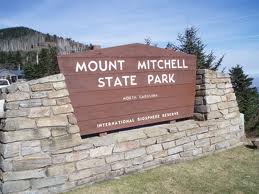

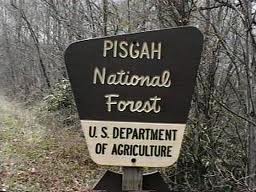


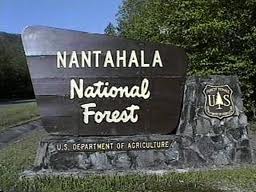








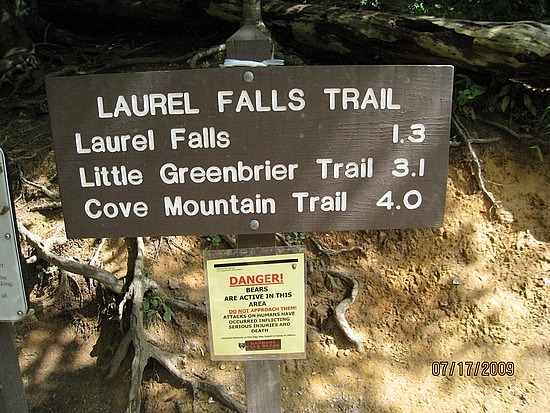


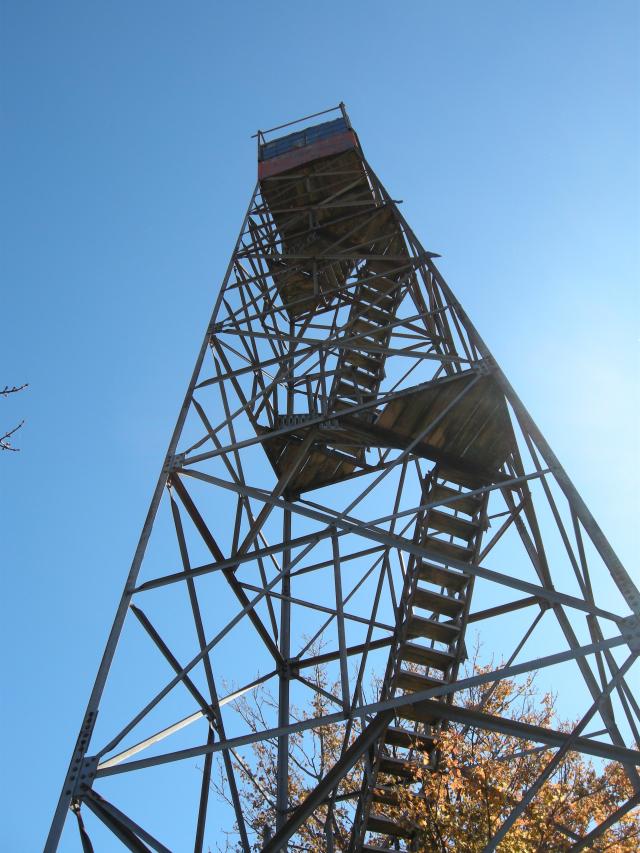

 this ridge, and the tower is made to give a little. From the top of the tower, you’ll be awarded a spectacular 360-degree view, with mountains in all directions. The Unicoi Mountains can be seen to the west, the Snowbird and Nantahala Mountains to the south, the Blue Ridge Mountains to the southeast, and the Smokies to the east and north. Remember looking up at the tower as you walked across Fontana Dam? From this vantage point, you’ll be able to make out the dam and all of the land you covered on your way to the tower. You’ve covered about three and a half miles and climbed over two thousand feet. It’s a rewarding feeling indeed. To return to your car, simply descend from the tower and return the way you came.
this ridge, and the tower is made to give a little. From the top of the tower, you’ll be awarded a spectacular 360-degree view, with mountains in all directions. The Unicoi Mountains can be seen to the west, the Snowbird and Nantahala Mountains to the south, the Blue Ridge Mountains to the southeast, and the Smokies to the east and north. Remember looking up at the tower as you walked across Fontana Dam? From this vantage point, you’ll be able to make out the dam and all of the land you covered on your way to the tower. You’ve covered about three and a half miles and climbed over two thousand feet. It’s a rewarding feeling indeed. To return to your car, simply descend from the tower and return the way you came.